Revenue leakage is a significant challenge for healthcare providers, impacting financial performance and resource allocation. It can occur slowly, over time, and is often difficult to identify. One of the primary areas where leakage occurs is through underpayments and denials from insurance companies. Hospitals must adopt proactive strategies to address these issues, ensuring they capture the full revenue owed while preventing future losses. Here’s how identifying and recovering underpayments and preventing denials can significantly improve a healthcare organization’s financial health.
Revenue leakage happens when healthcare providers fail to receive the full amount they are owed for the services rendered. Common causes include underpayments, claim denials, and contractual misalignments. The complex landscape of insurance agreements makes it easy for healthcare facilities to overlook these discrepancies, particularly if they rely on manual processes or outdated systems.
At the core of addressing revenue leakage is effective contract management. Hospitals must maintain accurate, up-to-date records of their contracts with payers. By loading and tracking insurance contracts through an integrated system, such as a contract management module, hospitals can easily track insurance reimbursements and ensure they are paid according to the terms of their agreements.
An automated contract management solution allows hospitals to:
Underpayments occur when payers fail to reimburse providers the agreed-upon amount for services. Many healthcare providers use spreadsheets or other manual tracking methods, which are inefficient and prone to errors. A robust system can automate this process, enabling providers to quickly identify underpayments and act accordingly.
Questions hospitals should consider include:
Identifying and recovering underpayments can have a significant financial impact. For instance, in one case, a critical access hospital was able to recover over $343,000 in just one quarter by working collaboratively with a revenue cycle management team.
Denials, another source of revenue leakage, occur when payers refuse to cover specific services or line items. Denials can be outright rejections of claims, or more subtly, line-item denials where an insurance company refuses to pay for certain services without providing a reason. Hospitals must have systems in place to capture and address these denials promptly.
Effective denial management involves:
By implementing an automated contract management and revenue tracking solution, hospitals can create a transparent system that holds payers accountable. With accurate reporting tools, facilities can track variances between expected and actual payments, run contract expiration reports, and maintain up-to-date records on payer contracts.
Additionally, these systems provide an educational opportunity for hospital staff. They help employees understand how contracts work, how denials and underpayments affect financial performance, and how to take corrective action when needed.
By addressing these areas, healthcare organizations can significantly reduce revenue leakage, improve financial resilience, and ensure they receive the full compensation they are entitled to for the services they provide.

“When we call MEDTEAM, it is great that they are always on board working to help us, whatever the need is.” - Chief Nursing Officer
Stay in the loop
Connect with us on social media or give us a call at 1.844.615.1803